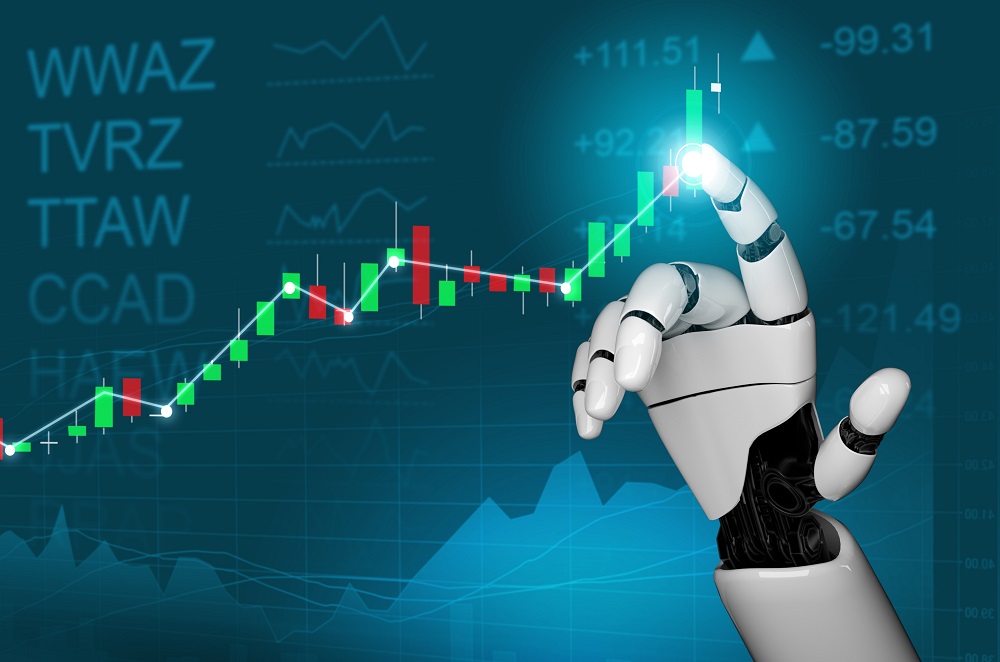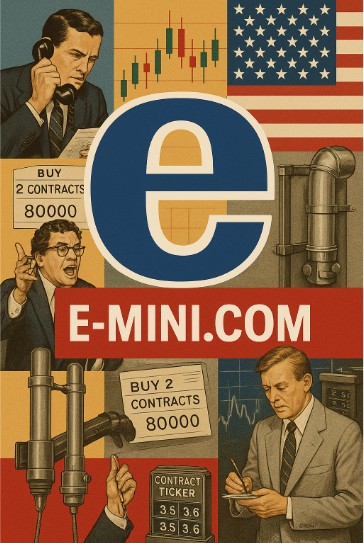Automated futures trading has been gaining popularity among traders in recent years due to its many benefits. An automated trading system is a computer program that automatically executes trades based on a set of predetermined rules and parameters. This eliminates the need for human intervention and allows for faster and more accurate trading decisions. In this guide, we will explore the benefits of automated trading systems, the fundamentals of automated trading, the top methods used for automated trading, the risks and challenges associated with automated trading systems, and how to know if a trading system is good.
Why Choose Automated Trading Systems Over Self-Directed Trading?
Automated trading systems have several advantages over self-directed trading. First, automated trading systems eliminate the emotions that often come with self-directed trading. Fear, greed, and other emotions can lead to irrational decisions and poor trading outcomes. Automated systems follow a predetermined set of rules and parameters, allowing for more objective trading decisions. Second, automated trading systems allow for faster and more accurate trade execution. Automated systems can analyze market data in real-time and execute trades within milliseconds, whereas manual traders may take minutes or even hours to analyze and execute trades.
Third, automated trading systems can monitor multiple markets and instruments simultaneously, which would be challenging for a manual trader. Automated systems can scan multiple markets and instruments for trading opportunities and execute trades accordingly.
Finally, automated trading systems allow for backtesting and optimization of trading strategies. Backtesting involves testing a trading strategy against historical data to determine its effectiveness. Optimization involves adjusting the parameters of a trading strategy to improve its performance. These processes can be time-consuming for manual traders but can be automated for greater efficiency.
What is an Automated Trading System?
An automated trading system is a computer program that uses a set of predetermined rules and parameters to execute trades automatically. Automated systems can be designed to trade in various financial markets, including futures, stocks, forex, and options. Automated trading systems use algorithms and other technical indicators to analyze market data and identify trading opportunities. These systems can also
automatically place and execute trades based on the rules and parameters set by the user. Automated trading systems can be built using various programming languages, including Python, Java, and C++.
What Are The Benefits of Automated Systems Trading?
Automated systems trading offers several benefits to traders, including:
1. Eliminates emotions: Automated trading systems eliminate the emotions that often come with self-directed trading. Fear, greed, and other emotions can lead to irrational decisions and poor trading outcomes.
2. Faster and more accurate trade execution: Automated trading systems can analyze market data in real-time and execute trades within milliseconds, whereas manual traders may take minutes or even hours to analyze and execute trades.
3. Multiple market and instrument monitoring: Automated trading systems can scan multiple markets and instruments for trading opportunities and execute trades accordingly.
4. Backtesting and optimization: Automated trading systems allow for backtesting and optimization of trading strategies. These processes can be time-consuming for manual traders but can be automated for greater efficiency.
5. Increased consistency: Automated trading systems follow a predetermined set of rules and parameters, allowing for more consistent trading outcomes.
What Are The Top Methods Used For Automated Trading?
There are several methods used for automated trading, including:
1. Trend-following This strategy involves analyzing market trends and trading in the direction of the trend. Trend-following strategies can be effective in markets that are trending but may result in losses in choppy or range-bound markets.
2. Mean-reversion: This strategy involves trading against the trend, assuming that prices will eventually revert to their mean. Mean-reversion strategies can be effective in markets that are range-bound but may result in losses in trending markets.
3. Arbitrage: This strategy involves taking Automated futures trading has been gaining popularity among traders in recent years due to its many benefits. An automated trading system is a computer program that automatically executes trades based on a set of predetermined rules and parameters. This eliminates the need for human intervention and allows for faster and more accurate trading decisions. In this guide, we will explore the benefits of automated trading systems, the fundamentals of automated trading, the top methods used for automated trading, the risks and challenges associated with automated trading systems, and how to know if a trading system is good.
How Can I tell if an automated trading system is any good?
When it comes to automated futures trading, knowing if a trading system is good is crucial. There are several qualities to look for in an automated trading system to determine its effectiveness and potential profitability. Here are some of the top qualities of a good automated trading system:
1. Consistency: A good trading system should demonstrate consistency in its performance over time. This means that it should have a track record of generating profits over an extended period, rather than sporadic gains and losses.
2. Backtesting: A good automated trading system should have a backtesting feature that allows traders to test the system’s performance using historical data. This can help traders identify any flaws or weaknesses in the system and fine-tune it for optimal performance.
3. Risk Management: A good automated trading system should have robust risk management features that help traders manage their risk and avoid significant losses. These features may include stop-loss orders and position sizing to limit exposure to the market.
4. Flexibility: A good automated trading system should be flexible and adaptable to changing market conditions. It should be able to adjust its rules and criteria to accommodate new market trends and patterns.
5. User-Friendly Interface: A good automated trading system should have a user-friendly interface that is easy to navigate and understand. This can help traders set up and manage their trades more efficiently.
6. Customer Support: A good automated trading system should offer excellent customer support to address any technical issues or questions that traders may have.
7. Real-Time Data Analysis: A good automated trading system should be able to analyze real-time market data and generate trading signals based on the most up-to-date information available.
By looking for these qualities in an automated trading system, traders can increase their chances of success and profitability in the futures market. However, it is important to note that even the best trading systems come with risks, and traders should always exercise caution and risk management strategies to avoid significant losses.
Ready to start trading futures? Call 1(800)454-9572 to speak with one of our experienced, Series-3 licensed brokers and begin your futures trading journey today.
Disclaimer – Trading Futures, Options on Futures, and retail off-exchange foreign currency transactions involves substantial risk of loss and is not suitable for all investors. Past performance is not indicative of future results. You should carefully consider whether trading is suitable for you in light of your circumstances, knowledge, and financial resources. You may lose all or more of your initial investment. Opinions, market data, and recommendations are subject to change at any time.




